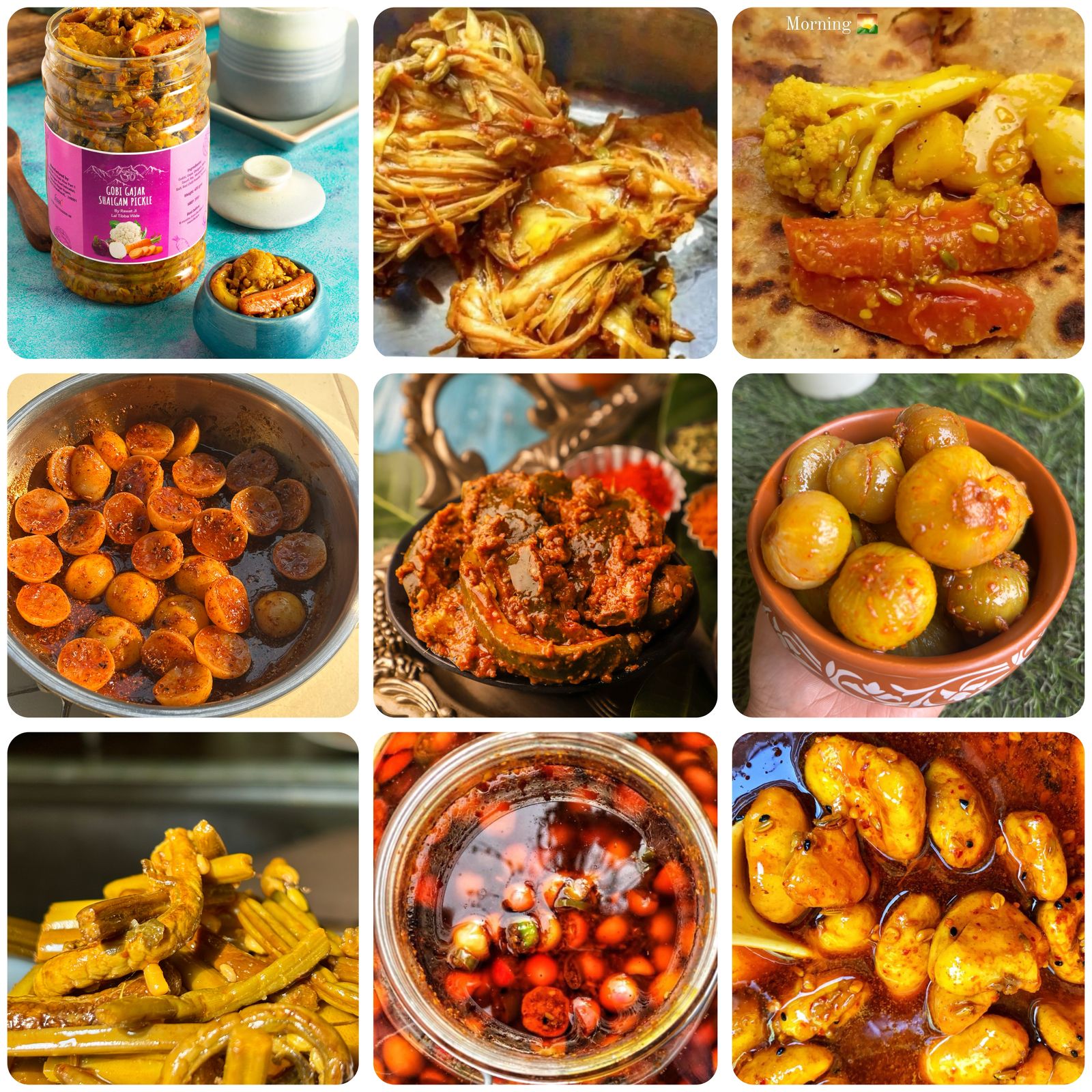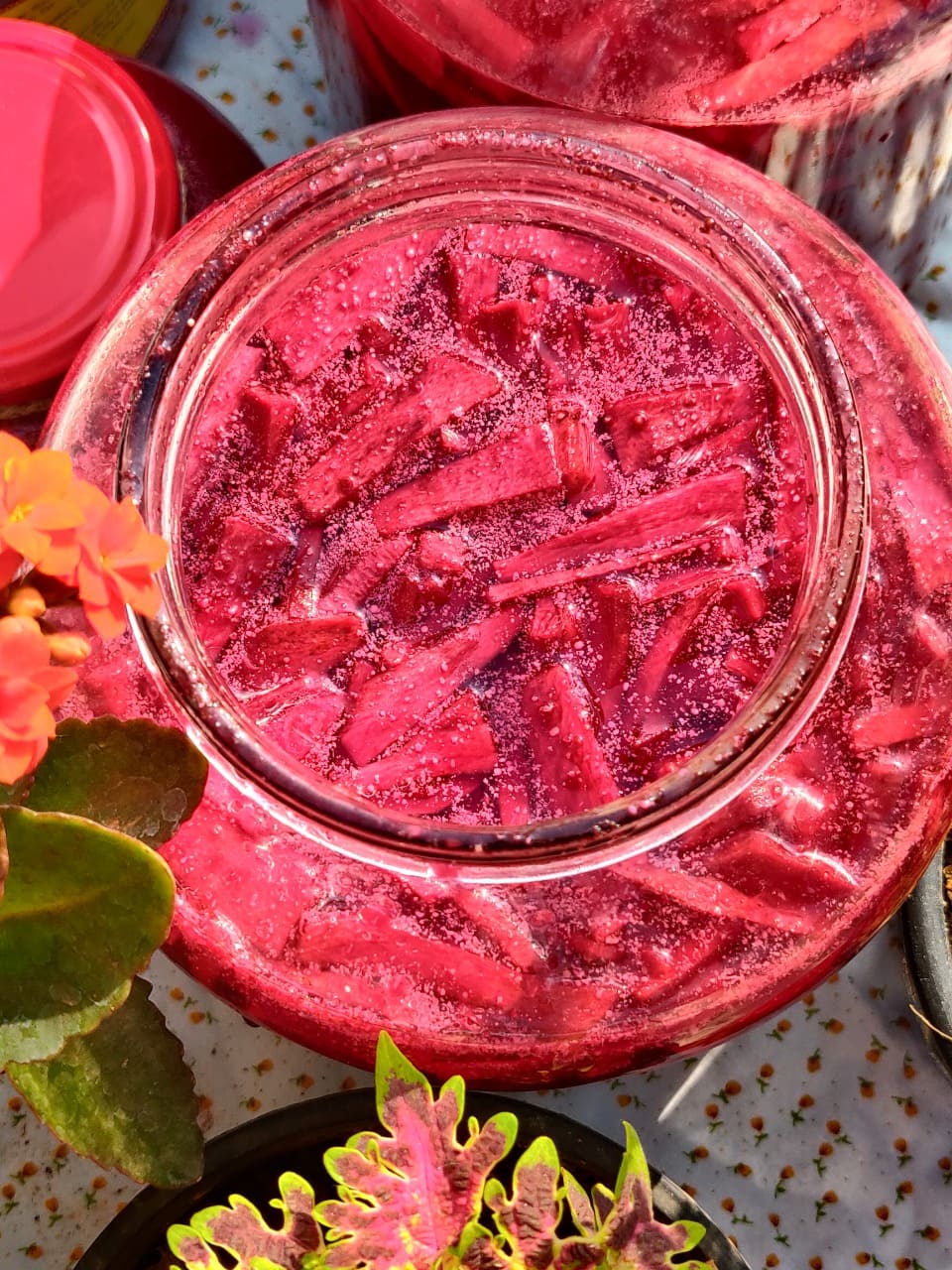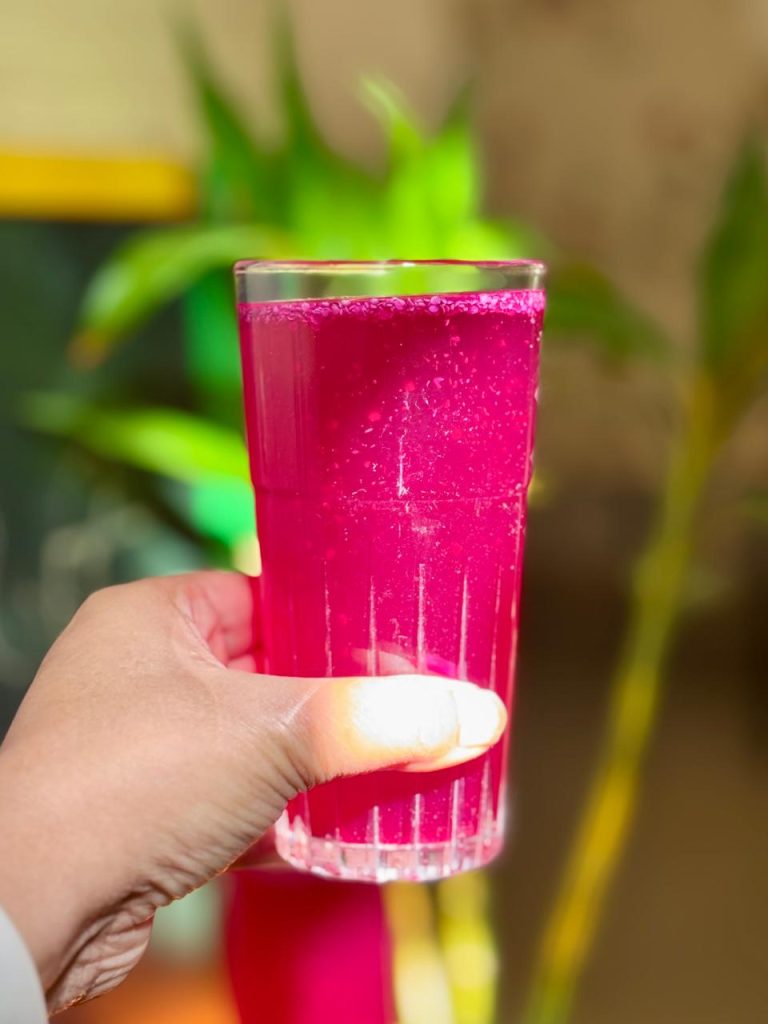
Fermenting fruit juices is both an ancient craft and a modern wellness trend. By harnessing the natural power of beneficial microbes, you can create flavorful, probiotic-rich beverages right in your kitchen. These fermented drinks are not only delicious but also offer numerous health benefits — from improved digestion to a stronger immune system. In this guide, we’ll explore the science behind fermentation and share 5 detailed, practical recipes you can start today.
🧬 The Science of Fermentation — Simplified
At its core, fermentation is a natural process where microorganisms such as bacteria and yeast consume sugars and convert them into acids, gases, and sometimes alcohol.
- Lactic Acid Bacteria (LAB) – produce lactic acid, enhancing the sour taste and providing probiotics.
- Yeasts – produce alcohol and carbonation, adding complexity to the flavor.
- Wild Microbes – naturally present on fruits and in the environment, contribute unique flavors and textures.
Key benefits of fermented fruit juices:
- Increased bioavailability of nutrients
- Enhanced antioxidant levels
- Gut-friendly probiotics
- Natural preservation
- Unique and complex flavors
⚠️ Basic Safety Rules for Home Fermentation
Before we dive into recipes, remember these crucial safety tips:
- Sanitize all jars, utensils, and surfaces.
- Use clean, fresh produce — preferably organic.
- Always use non-chlorinated, filtered water.
- Ferment at room temperature (68–75°F / 20–24°C).
- Monitor for off-smells or visible mold; discard if found.
- If in doubt, trust your senses — fermented juices should smell pleasantly sour or fruity, never rotten or foul.
🧪 5 DIY Fermented Fruit Juice Recipes to Try at Home
1️⃣ Water Kefir with Fruit Juice — Dairy-Free Probiotic Delight
Why this works:
Water kefir grains (Tibicos) contain a symbiotic culture of bacteria and yeast that ferment sugars into a lightly fizzy, probiotic-rich beverage.
You’ll need:
- ¼ cup water kefir grains
- ¼ cup organic sugar (cane or raw sugar works best)
- 1 quart filtered water
- 1–2 cups fruit juice (apple, grape, pomegranate, or orange)
Instructions:
First Ferment:
- Dissolve sugar in filtered water.
- Add water kefir grains to the sugar water.
- Cover with a breathable cloth and ferment for 24–48 hours at room temperature.
Second Ferment (Flavoring Stage):
4. Strain out kefir grains (reuse for next batch).
5. Add your choice of fruit juice to the strained liquid.
6. Pour into bottles with tight-fitting lids.
7. Ferment an additional 24 hours at room temperature for carbonation.
8. Refrigerate and enjoy chilled.
Tip:
Always open bottles carefully — pressure can build up!
2️⃣ Pineapple Tepache — Wild Ferment with Tropical Vibes
Why this works:
Pineapple skin naturally hosts wild yeasts and LAB, making tepache one of the easiest ferments for beginners.
You’ll need:
- 1 ripe pineapple (peels and core)
- ¾ to 1 cup brown sugar or piloncillo
- 6–8 cups filtered water
- Optional: 1 cinnamon stick, 3–4 cloves
Instructions:
- Rinse pineapple gently to remove dirt but keep natural microbes intact.
- Slice off skin and core, place in large glass jar.
- Dissolve sugar in water, pour over pineapple.
- Add spices if desired.
- Cover jar with cloth or coffee filter secured with rubber band.
- Ferment for 2–5 days at room temperature.
- Taste daily: when tangy with light fizz, strain and refrigerate.
Tip:
The longer you ferment, the tangier and slightly more alcoholic (~1-2% ABV) it becomes.
3️⃣ Indian Beetroot Kanji — Fermented Root Juice
Why this works:
Beets and carrots naturally ferment with salt and mustard seeds, producing a vibrant probiotic drink loaded with antioxidants.
You’ll need:
- 3 medium beets, peeled and chopped
- 2 carrots, peeled and chopped
- 1 tbsp black mustard seeds
- 1½ tbsp sea salt
- 8 cups filtered water
Instructions:
- Combine all ingredients in a large glass jar.
- Stir until salt dissolves.
- Cover with cloth, ferment at room temperature for 5–7 days.
- Stir daily and taste; once pleasantly tangy, strain and refrigerate.
Tip:
Serve chilled with meals to aid digestion.
4️⃣ Fruit Kvass — Quick Lactic Acid Ferment
Why this works:
Using whey or probiotic capsules introduces LAB directly into the juice, speeding up fermentation.
You’ll need:
- 2 cups chopped fruit (berries, apples, mango, etc.)
- 2 tbsp sugar (optional)
- 1 quart filtered water
- 2 tbsp whey (from yogurt) or 1 probiotic capsule (Lactobacillus strains)
Instructions:
- Place fruit in a sanitized jar.
- Add sugar and water, stir to dissolve.
- Add whey or probiotic powder.
- Cover loosely with lid or cloth.
- Ferment 2–4 days at room temp.
- Taste daily; once tart and slightly fizzy, refrigerate.
Tip:
Kvass is very forgiving and can be flavored endlessly.
5️⃣ Instant Probiotic Fruit Juice — No Fermentation Needed
Why this works:
Scientific studies show that adding probiotic powder to fresh juice can deliver immediate benefits without waiting for fermentation.
You’ll need:
- 1 cup fresh fruit juice (orange, pomegranate, or berry mix)
- 1 probiotic capsule (10+ billion CFUs, Lactobacillus and Bifidobacteria)
- Optional: 1 tsp inulin or fiber powder
Instructions:
- Mix juice, probiotic powder, and fiber thoroughly.
- Consume immediately or refrigerate for up to 24 hours.
Tip:
Perfect for those new to fermentation who want quick probiotic benefits.
🏅 Health Benefits Backed by Science
- Digestive support: Probiotics balance gut flora.
- Antioxidant boost: Fermentation enhances bioactive compounds.
- Immune modulation: LAB strains can support immune function.
- Mood improvement: Emerging studies link gut health to better mood and sleep.
Studies from 2024 confirm that fermented juices deliver live probiotic counts above 10⁷ CFU/mL and increase antioxidant activity dramatically.
🧭 Troubleshooting Common Fermentation Issues
| Problem | Cause | Solution |
|---|---|---|
| Mold | Contamination | Sanitize equipment; discard batch |
| Rotten smell | Undesirable bacteria | Use fresher produce, better sanitation |
| No bubbles | Too cold, no sugar | Move to warmer area, add more sugar |
| Too sour | Overfermented | Shorten fermentation time |
🧰 Basic Fermentation Gear for Home
- Glass jars (32 oz or larger)
- Plastic or wooden stirring spoons
- Coffee filters or cloth for covers
- Rubber bands
- Fine mesh strainer
- pH strips (optional for safety)
🌎 Why Ferment at Home?
Home fermentation is empowering. You:
- Control ingredients (no preservatives or additives)
- Customize flavors
- Save money compared to store-bought probiotics
- Connect to ancient culinary traditions
🎯 In Conclusion
Fermenting fruit juices at home is accessible, rewarding, and deeply rooted in both tradition and modern science. Whether you prefer wild ferments like tepache, controlled probiotic kvass, or the instant convenience of probiotic powders, you’re unlocking a world of flavor and wellness with every batch.
🔎 FAQs: The Art of Fermented Fruit Juices
1️⃣ Is it safe to ferment fruit juices at home?
Yes, if you follow proper sanitation and use clean equipment, fresh ingredients, and non-chlorinated water. Monitor your ferment daily, and if you see mold, smell rot, or notice unusual colors (besides the natural changes), discard the batch.
2️⃣ Can fermented fruit juices turn alcoholic?
Mild fermentation (2–5 days) produces very low alcohol (typically <0.5–2% ABV). Longer ferments or wild ferments (like tepache) may develop slightly higher alcohol but are still far below traditional wine or cider levels.
3️⃣ How long do fermented fruit juices last in the fridge?
Properly fermented and refrigerated juices last about 2–3 weeks. Always smell and taste before drinking. Over time, flavors may become more sour or fizzy.
4️⃣ Do I need special equipment to start?
No. Basic home fermentation needs only sanitized glass jars, clean utensils, breathable covers (cloth or coffee filters), and sometimes bottles for second fermentation. Optional: pH strips for extra safety.
5️⃣ Which fruits are best for fermentation?
Fruits with moderate sugar content work best: apples, grapes, berries, mangoes, pineapples, and pomegranates. Avoid citrus as the acidity can inhibit some microbes unless using specialized cultures.
6️⃣ What starter cultures can I use?
- Water kefir grains (for kefir-style ferment)
- SCOBY (for kombucha-style ferment)
- Whey or probiotic capsules (for kvass-style ferment)
- Wild fermentation (no starter needed for tepache, kanji)
7️⃣ Can I use store-bought juice?
Yes, but choose 100% pure juice without preservatives like potassium sorbate or sodium benzoate, as these inhibit fermentation. Fresh-pressed juice is ideal.
8️⃣ How do I know if fermentation is working?
You’ll see small bubbles, light fizz, or slight cloudiness as microbial activity increases. The taste becomes tangy or lightly sour, and the aroma is pleasantly fruity or yeasty.
9️⃣ Can children drink fermented fruit juices?
Yes, most short ferments (2–3 days) are suitable for kids as alcohol levels remain very low. However, monitor batches carefully and consult a healthcare professional if in doubt, especially for very young children.
🔟 Can I flavor fermented juices after fermentation?
Absolutely. After primary fermentation, you can infuse with herbs, spices, or extra fruit during a second ferment for added complexity and carbonation.












